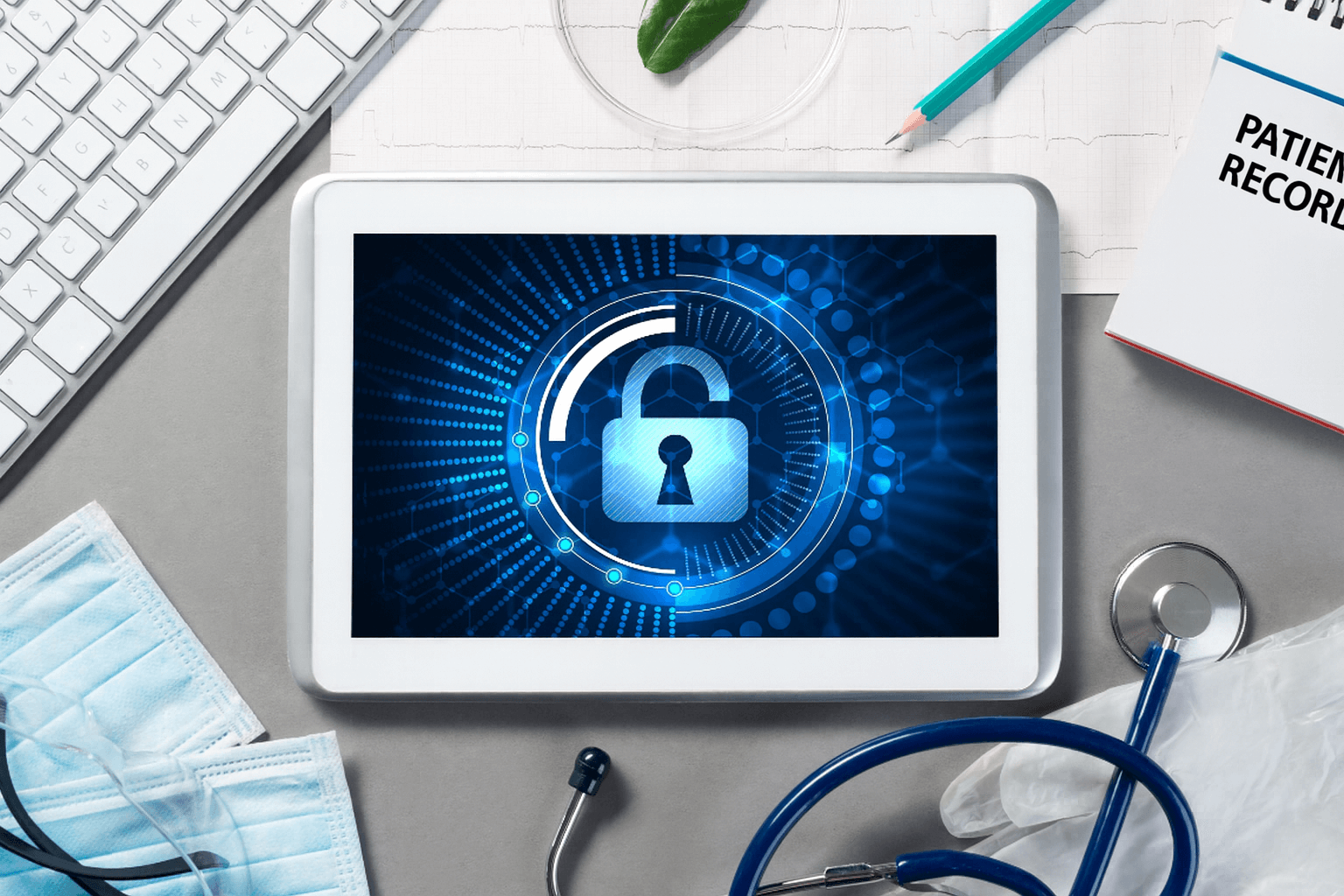Shaping Utilization Outcomes in Remote Triage for Adults
Remote triage changes how adults enter the healthcare system. It provides early contact with trained professionals and directs people to the right level of care. This shift creates measurable effects on healthcare access and use. Leaders track call volume, video interactions, and online submissions to see how adults flow through the service. This data shows whether the system eases pressure on emergency rooms or urgent care centers.
The most common utilization outcomes include emergency department diversion, primary care appointment rates, and time from triage to booked visit. When numbers move in the right direction, it signals effective guidance. The term healthcare utilization has become central in planning and evaluation.
Equity within utilization metrics matters. Adults from rural areas or with limited digital literacy can face barriers. Therefore programs report outcomes by demographic segment. This transparency ensures that every group benefits from the service. Over time, access disparities can shrink as organizations learn where to invest.
Organizations using Care Agent BPO or similar support improve scale and consistency. Structured protocols and trained staff handle larger call volumes while maintaining accuracy. As a result, utilization data becomes more stable and useful for decision making.
Patient Safety and Clinical Quality Outcomes for Remote Triage

Safety is essential when triage moves away from in person settings. Programs track under triage rates, over triage rates, and adverse events to ensure adults receive the right care at the right time. These measures reveal whether staff escalate quickly when they detect risk factors such as chest pain or severe shortness of breath.
Decision support systems guide agents through structured questions. When red flags appear, escalation to emergency services or higher level care should happen immediately. Time to escalation becomes a key indicator of program quality. If delays occur, leaders adjust protocols or staffing.
Documentation audits verify that safety net instructions are clear and complete. Patients must understand when to call back or seek urgent help. Regular reviews of adverse events and near misses help prevent future harm. Benchmarking these safety outcomes with national standards strengthens trust and allows comparison across regions.
As the role of medical call centers expands, these metrics show that remote care can match the safety of traditional models. Adults gain faster access without losing quality or reliability.
Process and Resolution Outcomes in Adult Remote Triage
Process outcomes show how efficiently and smoothly the service runs. Time to answer, handle time, and abandonment rate reflect the responsiveness of the system. First contact resolution is another key metric. High rates indicate that adults received complete and actionable guidance without needing repeat calls.
Callback timeliness measures whether promised follow up happens as scheduled. This helps adults feel secure and reduces unnecessary visits. Protocol adherence audits ensure staff follow the correct decision paths. Consistency across agents improves accuracy and fairness.
Documentation completeness supports continuity. When adults transition from triage to primary or specialty care, clear notes help clinicians understand the initial assessment. Continuity metrics such as whether adults see the same team on follow up calls also improve trust and satisfaction.
Together these process and resolution outcomes give leaders a real time view of service performance. They identify training needs and show where technology upgrades might help. Over time, small adjustments improve both speed and quality.
How Do Adults Experience Remote Triage Outcomes

What are the types of outcomes used to assess the impact of remote triage? A full picture must include the voice of the patient. Adults who use these services judge them on convenience, clarity, and trust. Programs therefore measure satisfaction, confidence in the advice, and perceived ease of use.
Short surveys after each interaction capture these views. Questions about empathy, understanding, and time saved reveal what matters most. When staff use plain language and teach back, comprehension rises and satisfaction improves. This feedback loop strengthens the service.
Equity also matters in patient reported outcomes. Data by age, language, and geography shows whether some adults have lower satisfaction or more difficulty following advice. Addressing these gaps improves both perception and clinical outcomes.
The term patient experience captures the combination of speed, respect, and clarity. High scores here show that remote triage is not only efficient but also valued. Programs can use open text comments to uncover issues missed by surveys and guide coaching for staff.
Financial and Productivity Outcomes in Remote Triage

Financial metrics prove the sustainability of remote triage. Each resolved case handled remotely costs less than an in person visit. Reduced emergency department visits translate into direct savings for health systems and adults alike.
Programs track cost per case, cases handled per agent, and avoided hospital admissions. Over time these measures reveal return on investment. The concept of cost efficiency becomes clear when savings from avoided visits outweigh the cost of platforms and training.
Productivity metrics must remain balanced with quality. Focusing only on speed can harm safety and satisfaction. Comprehensive dashboards show leaders both financial and quality outcomes together. This ensures sustainable performance and guards against shortcuts.
Adults benefit financially too. They save time, travel costs, and lost wages. Health systems gain capacity for complex cases. Everyone gains when remote triage aligns efficiency with safety and experience.
Integrating Outcome Types Across Modalities
Remote triage now occurs through multiple channels. Telephone, video, web portals, and SMS each have different strengths. Programs must tag encounters by modality to compare outcomes fairly. Telephone is the most accessible. Video adds visual cues that can improve accuracy. Web portals offer structured intake and scale but may respond slower. SMS excels at follow up and reminders but cannot handle complex first contacts.
Because each modality affects outcomes, leaders must measure them separately and together. This approach shows which channels deliver the best results for adults in different situations. Over time, hybrid models that combine channels often achieve the strongest balance of efficiency and quality.
Neutral references support evidence based measurement. External guidance such as https://www.ahrq.gov provides toolkits on patient safety and quality metrics. These references add credibility without linking to competitors.
By aligning outcome types across modalities, organizations build a full view of impact. This informs staffing, training, and technology investment. Adults then receive consistent quality no matter which channel they choose.
Building the Next Generation of Adult Triage Measurement
Outcome tracking is not a one time exercise. It is a living framework that guides improvement. By choosing clear metrics and acting on them, health systems ensure remote triage remains safe, efficient, and patient centered.
If your organization is ready to go beyond basic reports, partner with experts in analytics and scalable services to create a scorecard that unites utilization, safety, experience, and cost. This living dashboard drives learning and real world change.
For additional context on digital health research and public health data, explore https://www.cdc.gov. This authoritative source helps teams stay aligned with national priorities and evidence based practice.
Turn Outcome Tracking into a Growth Engine for Adult Care
Outcome measurement can transform remote triage from a support tool into a driver of systemwide improvement. Connect with our team to build an integrated framework that strengthens safety, improves satisfaction, and unlocks efficiency for adults. Together we can shape the future of healthcare access and make every data point count.
